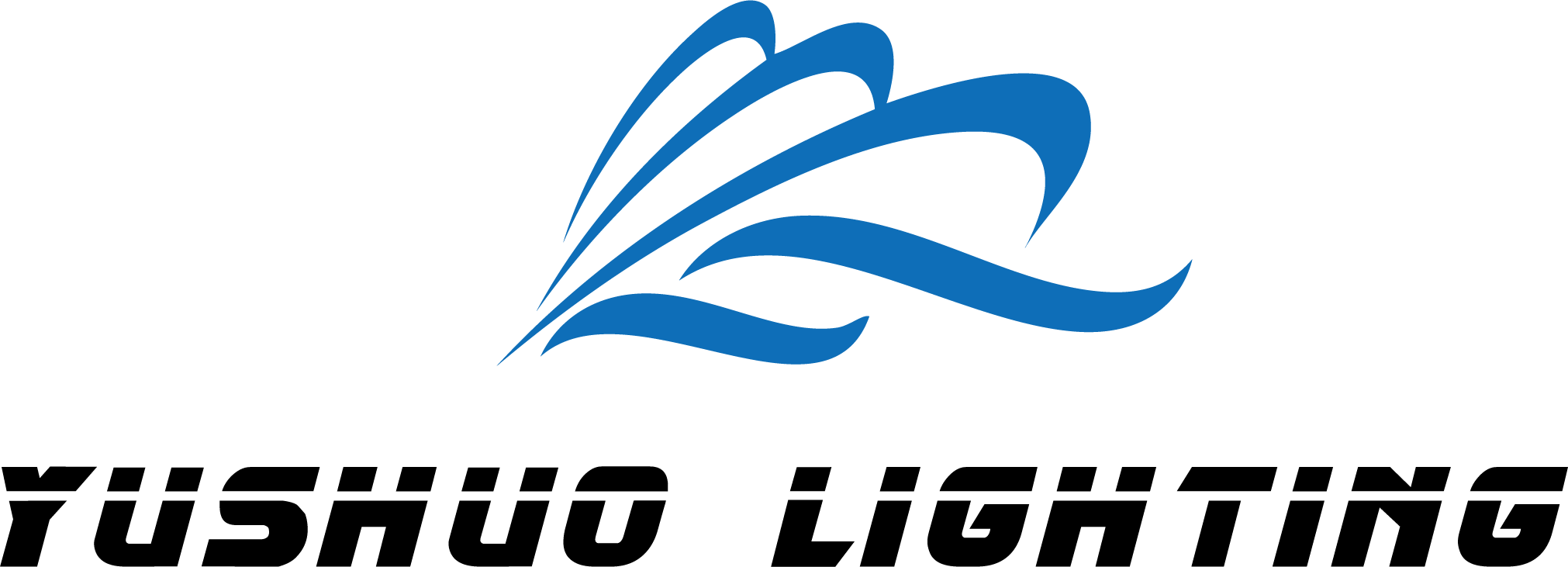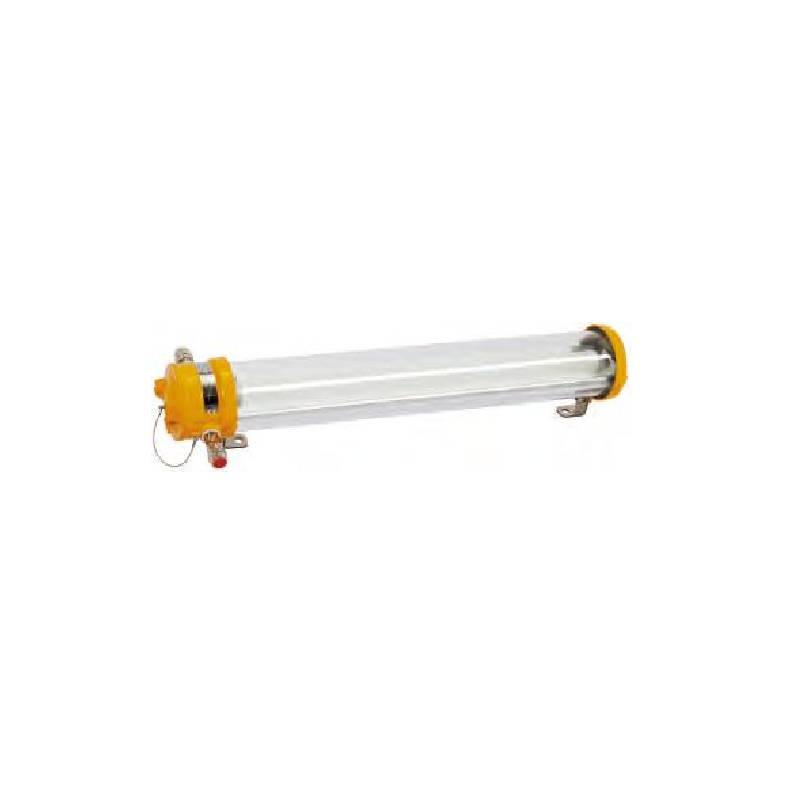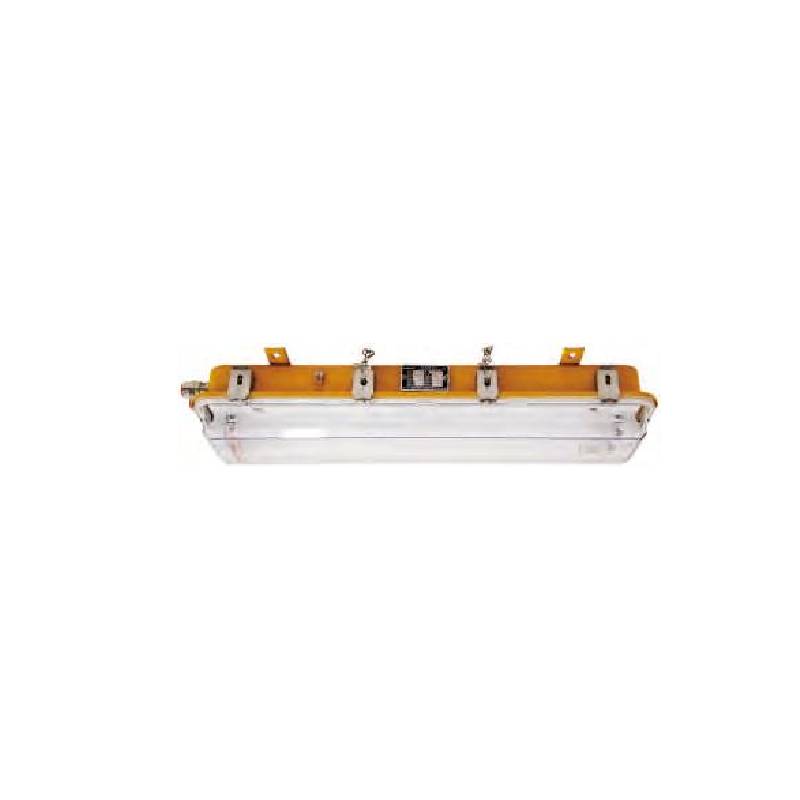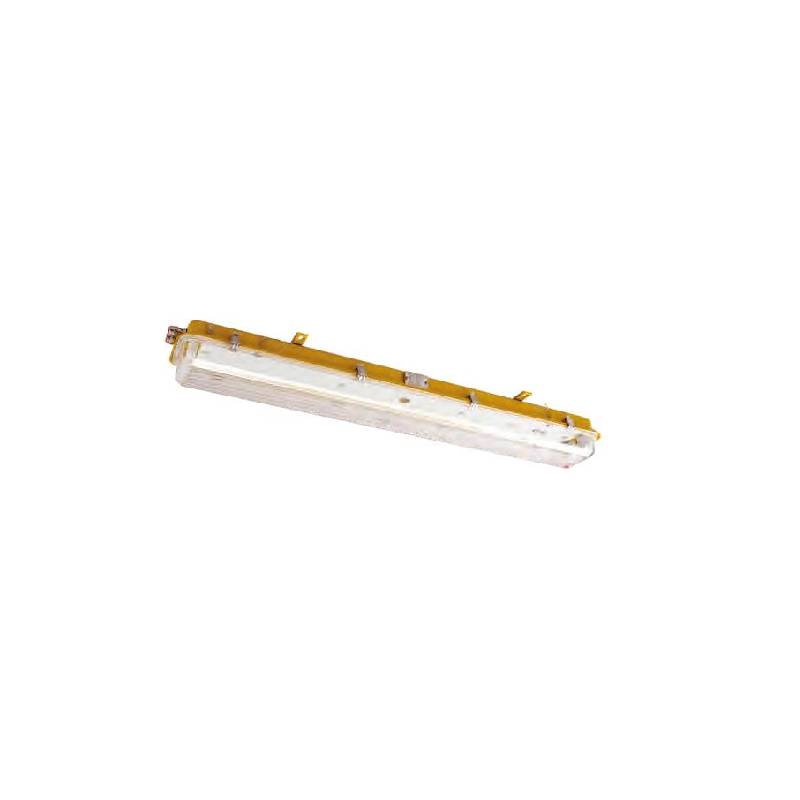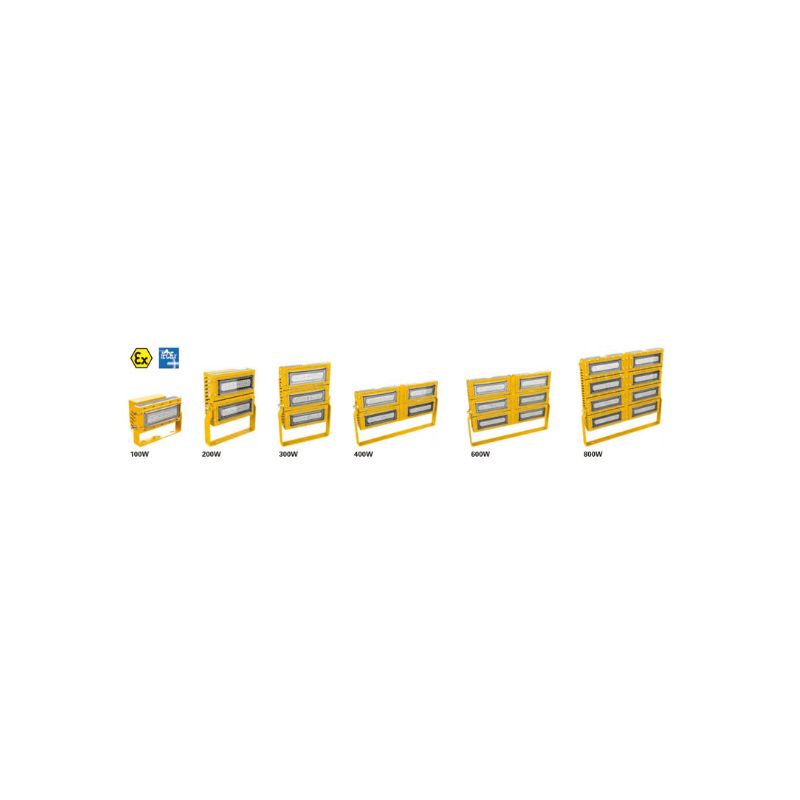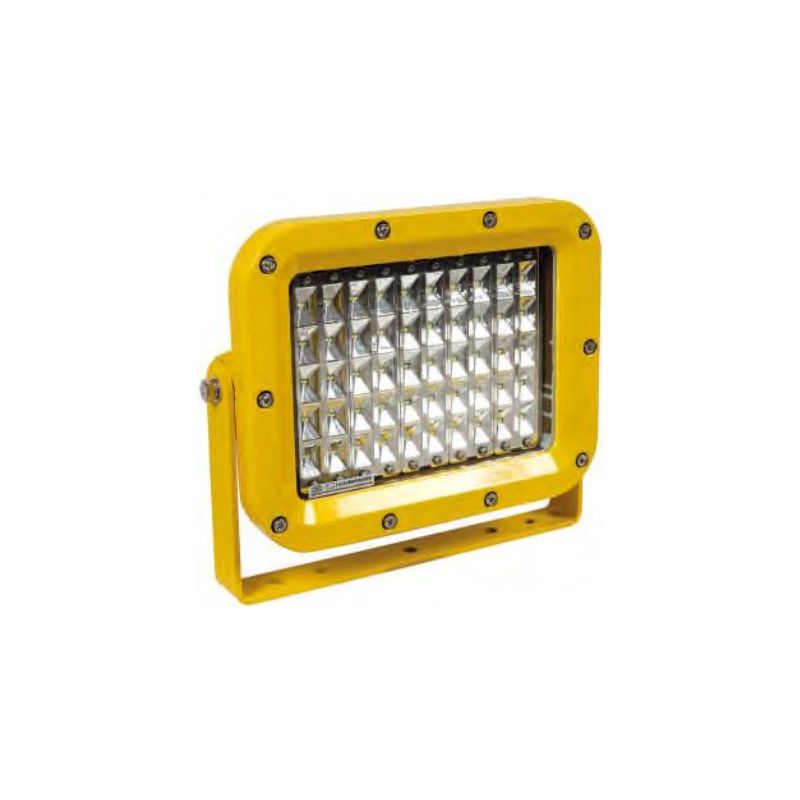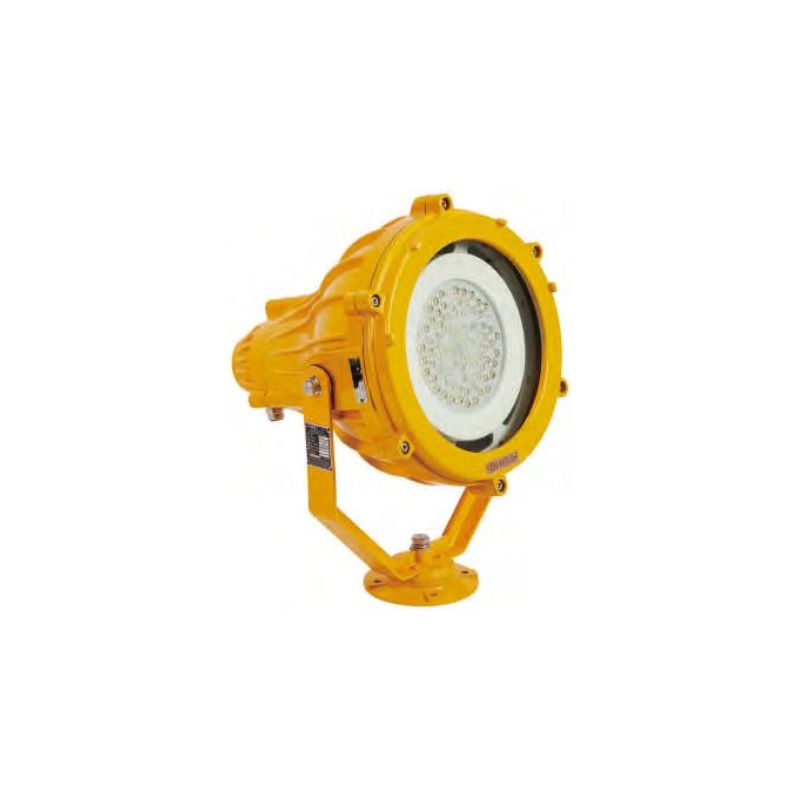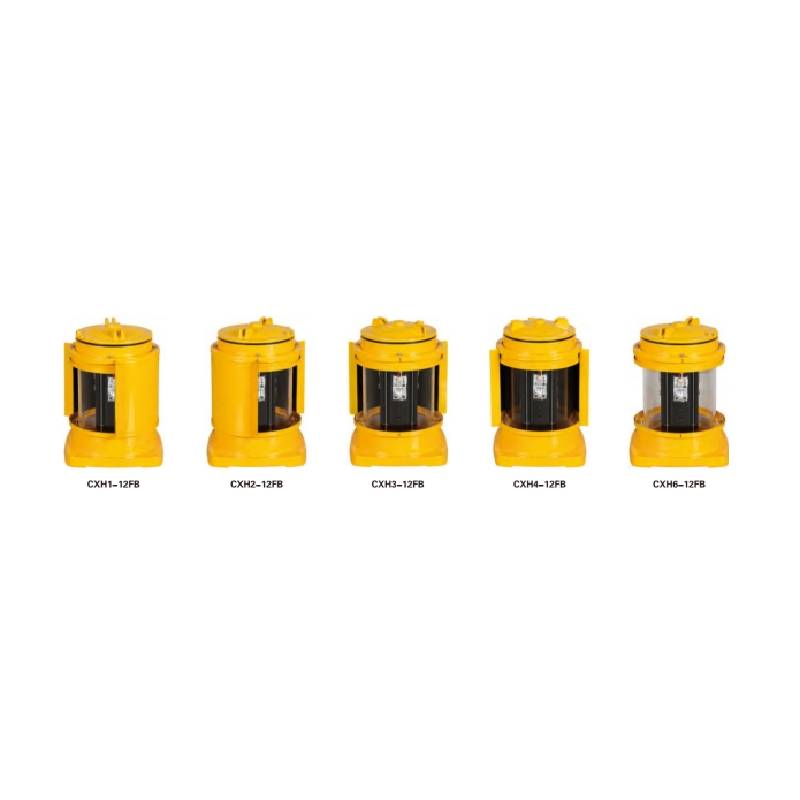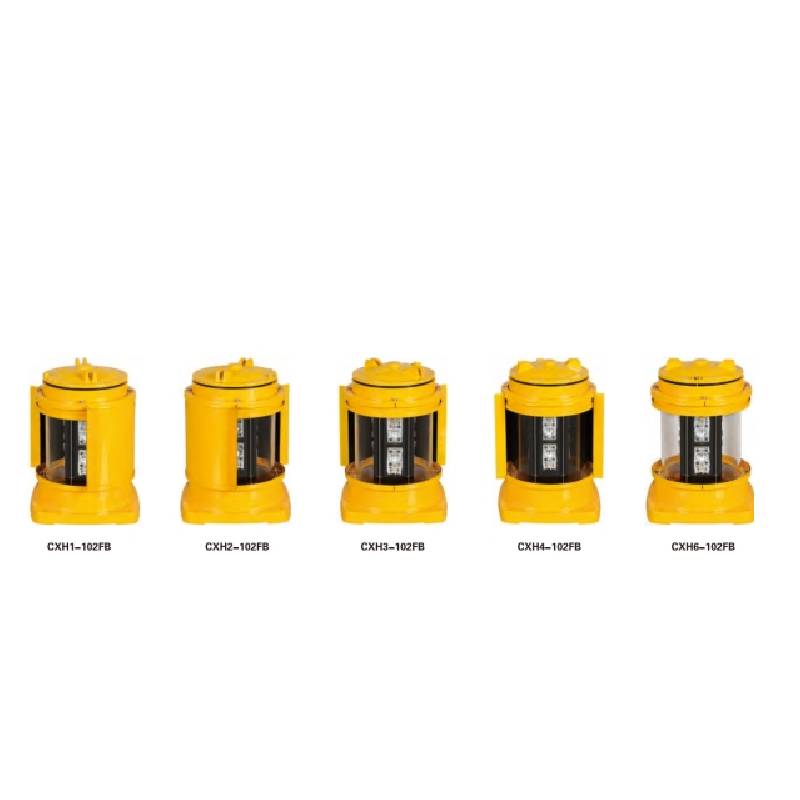IP Ratings and Waterproofing Standards for Explosion-proof Lighting in Marine Operations
Table of Contents
In marine environments, explosion-proof lighting is subject to harsh conditions, including water exposure, salt corrosion, and potential exposure to flammable gases or vapors, making waterproofing and explosion-proof features essential. IP (Ingress Protection) ratings and waterproofing standards are crucial for ensuring that marine explosion-proof lighting solutions functioning reliably and safely. This article delves into the specifics of IP ratings, waterproofing standards, and how they apply to explosion-proof lighting used in marine operations.
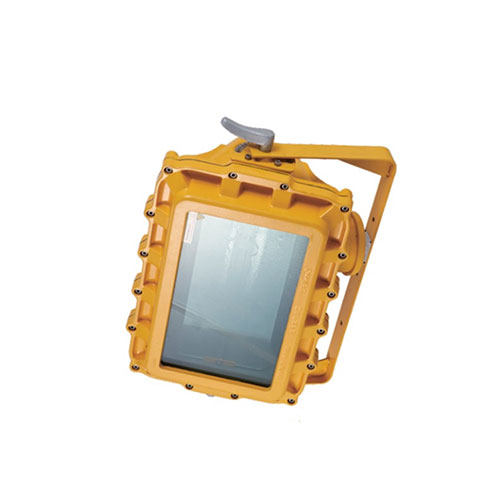
The Importance of IP Ratings in Marine Environments
The IP rating system, established by the International Electrotechnical Commission (IEC), is widely used to classify the protection levels of enclosures against the intrusion of solids and liquids. An IP rating consists of two digits, each indicating a specific level of protection:
- First Digit (0-6): Indicates protection against solid particles like dust and debris. In marine applications, lights are often exposed to both solid contaminants and corrosive materials like salt, which can impact the lifespan and safety of the fixtures.
- Second Digit (0-9): Denotes the level of protection against liquids. For marine operations, where exposure to seawater, high humidity, and potentially heavy rain is common, a high liquid protection rating is essential for explosion-proof lighting.
For marine applications, explosion-proof lights typically require ratings between IP66 and IP69K to ensure they are dust-tight and can withstand high-pressure water jets or even immersion.
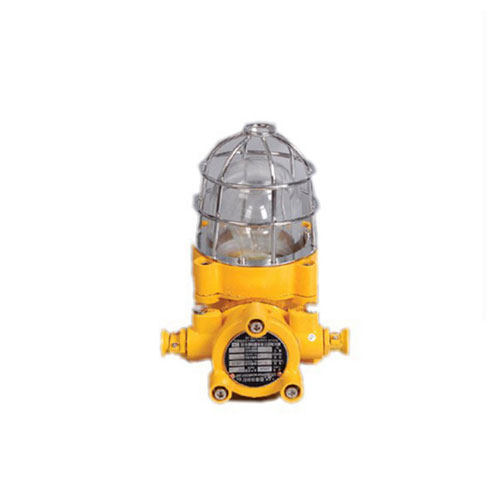
Common IP Ratings for Marine Explosion-proof Lighting
This chart highlights the dust and water protection levels for each IP rating, along with examples of where each is commonly used in marine environments.
| IP Rating | Dust Protection | Water Protection | Typical Marine Applications |
| IP66 | Dust-tight | Resistant to powerful water jets from any direction | Deck lighting, areas exposed to saltwater spray |
| IP67 | Dust-tight | Temporary immersion in water up to 1 meter for 30 minutes | Hull lighting, splash-prone areas |
| IP68 | Dust-tight | Continuous immersion in water (depth defined by manufacturer) | Bilge lighting, submerged or waterline applications |
| IP69K | Dust-tight | Withstands high-pressure, high-temperature water jets | High-maintenance areas requiring frequent washdowns |
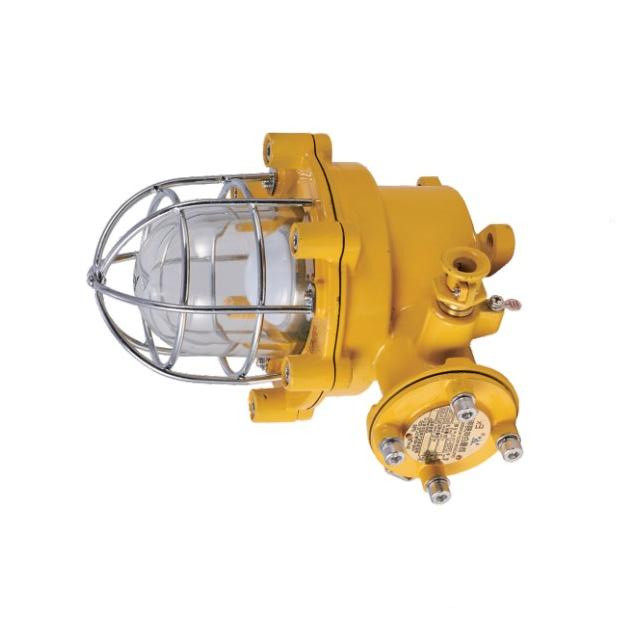
Waterproofing Standards for Explosion-proof Lighting in Marine Applications
In marine applications, explosion-proof lighting must meet stringent waterproofing standards to withstand exposure to water, salt, and high humidity. Proper waterproofing ensures the longevity and reliability of these lights in harsh marine environments, where they’re constantly exposed to moisture and other corrosive elements.
1. Corrosion-Resistant Materials
Marine explosion-proof lights are typically constructed from materials specifically selected for their durability in saltwater environments. These include:
- Marine-Grade Aluminum: Lightweight and corrosion-resistant, this is a common material for housings.
- Stainless Steel: Particularly grades 316 or 316L, offering excellent resistance to rust and corrosion from saltwater.
- Polycarbonate or Toughened Glass Lenses: Highly resistant to impact, water, and UV degradation.
- Application: These materials prevent rusting, cracking, and degradation, even with prolonged exposure to saltwater, ensuring that the lights retain their structural integrity.
2. High-Quality Sealing and Gaskets
Waterproof lighting fixtures in marine environments rely on effective sealing to prevent water ingress. Common sealing features include:
- Silicone or Neoprene Gaskets: Provide strong water and air seals around the edges of the fixture.
- IP-Rated Enclosures: Enclosures with IP66, IP67, or IP68 ratings use sealed gaskets and barriers that keep water, dust, and debris out.
- Application: High-quality seals protect the internal components of the fixture, such as wiring and electronics, from moisture and contaminants, which can otherwise lead to electrical faults or corrosion.
3. Epoxy Potting and Conformal Coatings
To further enhance waterproofing and corrosion resistance, many explosion-proof lights use epoxy potting and conformal coatings:
- Epoxy Potting: Encases the electronic components in an epoxy resin, providing an extra barrier against moisture and vibration.
- Conformal Coatings: A protective layer applied to electronic circuit boards, which shields against salt spray, condensation, and humidity.
- Application: These protective coatings and potting materials ensure that even if water breaches the outer casing, the internal components remain safeguarded from exposure.
4. Pressure Equalization Vent
High-quality marine lighting fixtures often include pressure equalization vents, which help regulate internal pressure:
- Breathable Membranes: Allows air to flow in and out of the fixture to equalize pressure without allowing water or dust ingress.
- Reduces Seal Stress: By balancing internal and external pressures, these vents reduce strain on the fixture’s seals and prevent them from cracking over time.
- Application: Pressure vents are especially useful for lights that experience rapid temperature fluctuations, helping to maintain the fixture’s waterproof integrity.
5. Temperature and UV Resistance
Fixtures in marine settings need materials and coatings that can withstand extreme temperatures and constant UV exposure:
- UV-Stabilized Coatings: Prevent fading and brittleness, ensuring the fixture does not degrade under direct sunlight.
- Temperature-Resistant Materials: Ensure the fixture remains effective in extreme cold or heat, which is common in many marine environments.
- Application: UV and temperature-resistant materials ensure that the waterproofing seals and enclosures maintain their integrity in varying environmental conditions.
6. Compliance with Marine Standards (IECEx and ATEX)
Explosion-proof marine lights should comply with recognized marine and hazardous location standards, including:
- IECEx and ATEX Certification: These standards ensure the fixture is safe for use in explosive environments. Compliance with these certifications also often involves meeting stringent waterproofing and corrosion-resistance standards.
- Application: Ensures that lighting in marine applications is safe and reliable, even in areas with flammable gases or vapors, without compromising on waterproofing requirements.
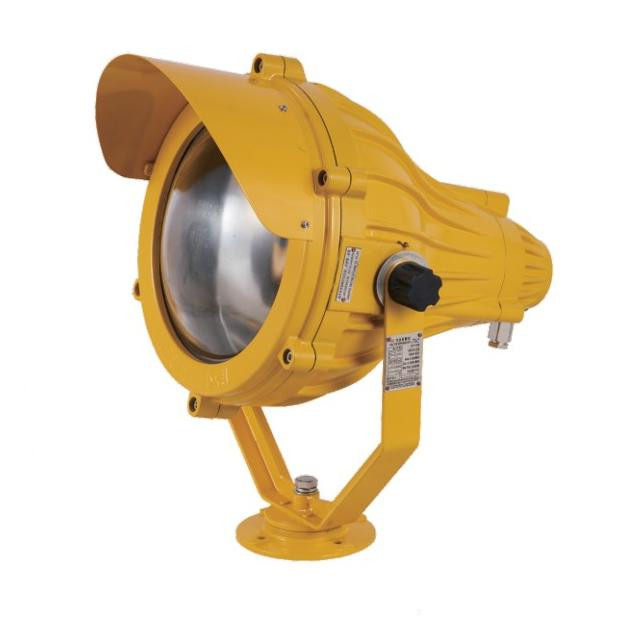
Choosing the Right IP Rating and Waterproofing Standards for Marine Explosion-Proof Lighting
This chart serves as a quick reference to help choose the appropriate IP ratings and waterproofing standards for various marine environments, ensuring safety and functionality of explosion-proof lighting systems.
| Marine Environment/Zone | Recommended IP Rating | Waterproofing Standards | Application |
| Open Deck Areas | IP66 | Corrosion-resistant materials, high-quality gaskets | Ideal for areas exposed to rain, salt spray, and marine conditions where water exposure is common. |
| Splash Zones | IP67 | Enhanced sealing, water-resistant coatings | Suitable for fixtures subject to splashes or brief immersion, like near water edges or equipment. |
| Submerged Areas (e.g., Bilges, Hulls) | IP68 | Completely sealed enclosures, high-performance sealing technology | Necessary for fixtures that will be continuously submerged or exposed to significant water pressure. |
| High-Pressure Washdown Areas | IP69K | Pressure-resistant seals, withstands high-temperature washdowns | Designed for areas that require regular cleaning with high-pressure water jets, ensuring durability. |
| Hazardous and Explosive Atmospheres | IP66 or higher with IECEx/ATEX Certification | Explosion-proof materials, rigorous safety testing | Critical for environments where flammable gases or vapors are present, such as offshore platforms. |
| Marine Engine Rooms | IP65 or higher | Sealed junction boxes, resistant to oil and heat | Used in engine rooms where exposure to oil, heat, and water is prevalent, requiring robust fixtures. |

To sum up, explosion-proof lighting must meet stringent IP ratings and waterproofing standards to provide safety, durability, and reliable operation in marine environments. Selecting the appropriate IP rating and ensuring waterproof construction not only enhances safety by preventing ignition in hazardous areas but also extends the lifespan of the explosion-proof fluorescent lighting fixtures, reducing maintenance and replacement costs in challenging marine conditions. When choosing explosion-proof lights, it is essential to consider the specific environmental conditions and ensure compliance with both IP ratings and waterproofing standards tailored to the unique demands of marine operations.
